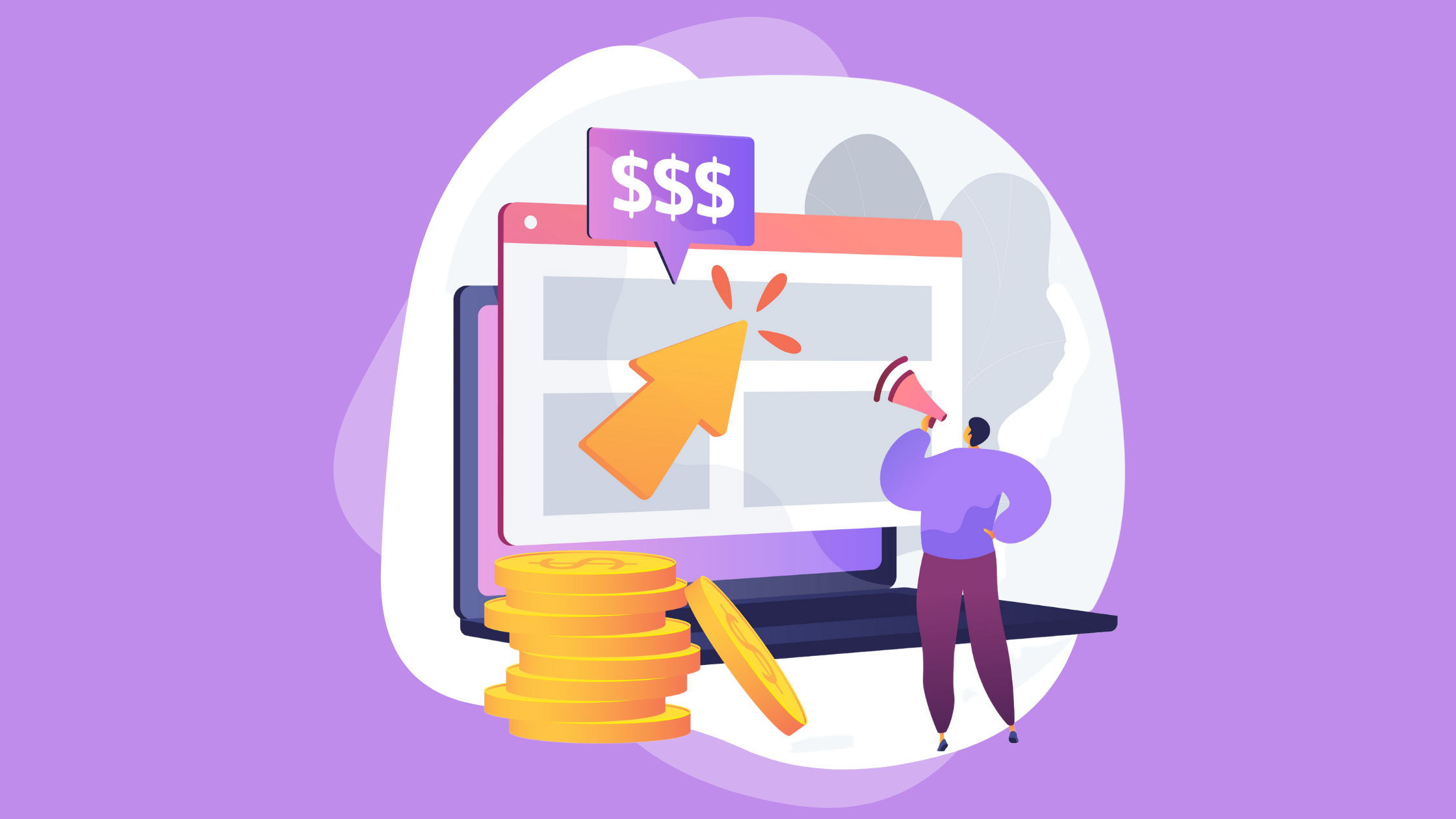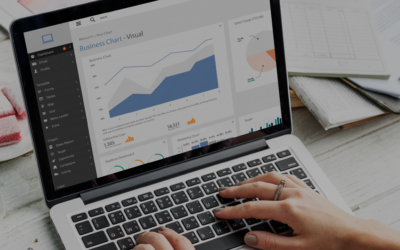Over the past 10 years, Paid Advertising has been deemed critical for the majority of online businesses. As a result, Google and Facebook now earn billions of dollars annually. Navigating the world of Internet advertising may be challenging. It’s challenging to decide what to do, what to invest in, and how to evaluate the data given the volume of information accessible. Paid advertisements may be beneficial, but only if you use them wisely. If you don’t, you can be wasting time and money or are just experimenting, crossing your fingers, and hoping for the best. You can still learn, though.
Although the industry is growing more competitive, and it is getting harder to rely just on organic (free of charge) channels to get the traffic you want, there are more alternatives available. Companies are encouraged to purchase advertisements, and they face pressure to do so to remain competitive in a crowded market. Since the top spot in Google search results isn’t always an organic outcome, competing these days frequently involves shelling out money for a place to rank.
What is Paid Advertising?
This is the term for online advertising campaigns that are shown on websites in an attempt to draw in the target audience and encourage them to visit the advertiser’s website and complete the necessary activity. Pay per click (PPC), Pay per 1000 views (CPM), Pay per action (PPA), Pay per lead (PPL), and other pricing models are available for these advertising campaigns. These advertisements appear on search engines (often referred to as search engine marketing or SEM), social networking sites, email services, online discussion boards, blogs, web browsers, and so on.
Ad Formats of online ads:
There are several Ad formats that you can choose to advertise your business. But one crucial thing is analyses. Analyzing which ad format would fit best for you is the key to your agenda. You must know your target audience, what they like, where they are most active, and other related considerations. Tick out each point and conclude it with the ad format you can go with. The ad formats include:
- Banner Ads
- Video Ads
- Text Ads
- Local Ads
- Graphics Ads
- E-commerce or Product ads
- Pop Ads
- Affiliate ads
Online advertising is a jackpot for digital businesses because it allows publishers to accurately target their audience through a variety of audience targeting methods and ad networks.
Why you should go with Paid Ads?
The advantages are the rationale behind the growth. While businesses have varying degrees of success, there are a few key benefits to using paid advertising.
1. Rapid Market Entry on Social Media–
Similar to paid advertising, you may easily open content for instant viewing. Ads on your chosen social media sites will start appearing to users as soon as your campaign goes live.
2. Increased Online or In-Person Traffic –
Another advantage of paid advertising is increased website traffic, which can increase website page conversions.
3. Wider Scope –
There are many opportunities to reach a larger audience than you would with organic content on the internet, thanks to its vast audience.
4. Increased Visibility of Content –
You don’t need to hold out for others to approach you. With advertisements, you have control over the frequency and budget at which your content is shown to them.
5. Enhanced Targeting –
Targeting allows you to focus on a particular audience based on their behaviors, activities, preferences, locations, job titles, and hobbies. This is one of the main advantages of paid advertising. Rather than reaching a wide audience that could or might not be interested in your content, your adverts will only appear for individuals who are most similar to your potential customers. Furthermore, retargeting advertisements can be made with this data.
Points to keep in mind while going with Paid Advertising:
The following points may ease your mind if you wish to choose paid advertisements but are unsure of where to start.
Begin on a tiny scale:
You shouldn’t spend $10,000 on a marketing campaign if it’s your first time running one. It is advisable to set a daily budget cap to extend the duration of the advertisement beyond a few days. Set a strict budget and restrict the number of times the advertisement could be viewed by consumers.
Understand the account structure:
You must arrange your advertisements. Each campaign can contain no more than ten ad groups. There should be two or three adverts and at least twenty keywords in each group. Being organized is essential if you want to get the desired outcomes.
Make use of keywords:
When it comes to organic traffic and paid advertisements, keywords are king. Because your clients are searching for certain keywords to discover the answers to their concerns, the advertisements that are displayed to them are dependent on the keywords you use.
Avoid using smart campaigns, as well as default bidding and targeting:
You may believe that implementing smart Google Ads campaigns is a brilliant concept for keeping things simple, but the fact is that simplicity restricts adaptability. Your advertising may work well, but you will experience far greater results if you have complete control over your targeting and bidding strategy, among other things. Use the custom option instead of the default bidding. You will have greater control over your cost per click and total conversions this way.
Test your advertisement before launching it:
You might lose a lot of money if you start an ad campaign without first examining how it performs. Just do A/B tests to see which advertisement performs better to confirm this. Ads that don’t accurately reflect the landing page direct viewers to risk weakening their overall quality score in addition to creating a bad impression on potential customers. Though it might seem pointless to you, but what if testing allowed you to modify the advertisement and increase the amount of conversions it generates?
Disregard the auto-ad extensions:
Ad extensions are the elements that appear beneath listings sometimes, such as phone numbers or connections to other pages. Make sure you use manual extensions as efficiently as possible. While you have no influence over the ones that Google generates automatically from the information you give them, you may manually apply extensions to greatly improve the performance of your advertising. They can really raise the click-through rate to incredible heights, which can be just what your ad campaign needs if you’re seeing high impression numbers but not a corresponding rise in conversions. Selecting the links to add is best done by looking at your Google Analytics and seeing which of your pages receive the most views.
Wrapping It Up
Public awareness of a product, service, or brand is mostly raised via advertisements. Paid advertisements can help you reach a wider audience, such as those who are unaware of your company or services or who aren’t planning to contact you. Your firm will benefit greatly from paid advertising initiatives that are effective.
In reality, one of the reasons businesses like Amazon are so large and prosperous is that they used Google Ads when it was less expensive. You may use the ideas covered in this blog post in a similar manner. Paid advertisements represent a potent marketing tactic for reaching your target audience and promoting your goods and services; yet, if executed poorly, they will just cause you to lose money.




